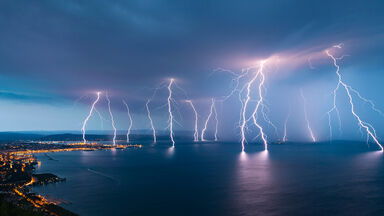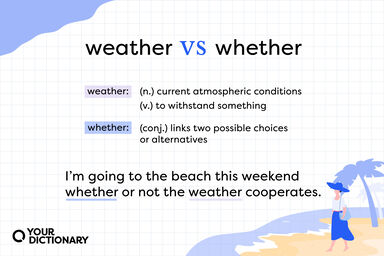The prevailing winds in this region, which the sea traverses longitudinally, are westerly, but the sea itself causes the formation of bands of low barometric pressure during the winter season, within which cyclonic disturbances frequently develop, while in summer the region comes under the influence of the polar margin of the tropical high pressure belt.
The results obtained as to the relation between dissipation and barometric pressure are conflicting.
This diminution of pressure, which continues as the heat increases till it reaches its maximum in July soon after the solstice, is followed by the corresponding development of the south-west monsoon; and as the barometric pressure is gradually restored, and becomes equalized within the tropics soon after the equinox in October, with the general fall of temperature north of the equator, the south-west winds fall off, and are succeeded by a north-east monsoon, which is developed during the winter months by the relatively greater atmospheric pressure which then occurs over Asia, as compared with the equatorial region.
It has been found that variations in barometric pressure affect the flash-point and accordingly corrections have to be made in obtaining strictly comparative results at different pressures.
The average barometric pressure over England is about 2 9.94 in., and normally diminishes from south-west to north-east at all seasons, the mean pressure on the south coast being 29.97 and that on the northern border 29.88.





